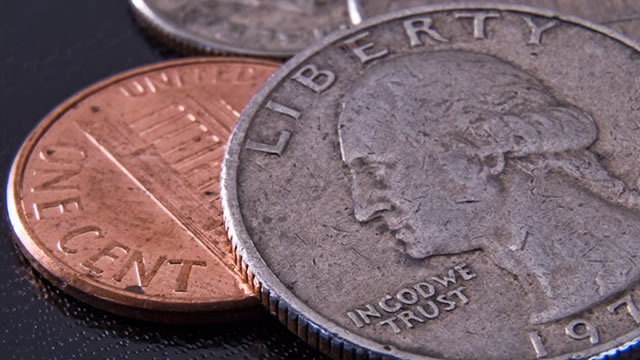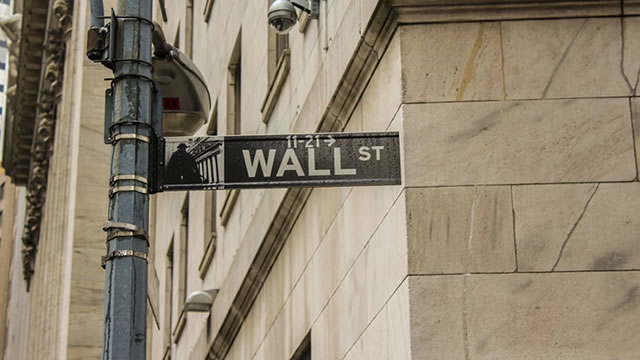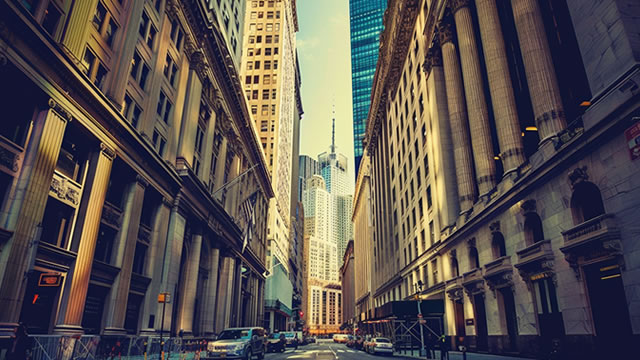The 6 Different Materials Used in Bathroom Cladding
Cladding options for bathrooms may include coat, paint, tiles, wallpaper, and more; thus, selecting the appropriate bathroom cladding requires consideration of various factors, which you should analyse first. Even though tiles are still the most popular material for bathrooms, many new products have been introduced in recent years to expand the selection that can be…
When it comes to designing a bathroom, one of the key decisions you need to make is choosing the right material for cladding. The material you select will not only impact the aesthetics of your bathroom but also its durability and maintenance requirements. With a wide range of options available in the market, it can be overwhelming to choose the best material for your bathroom cladding. To help you make an informed decision, here are six different materials commonly used in bathroom cladding:
1. Tiles
Tiles are perhaps the most popular choice for bathroom cladding due to their durability, water-resistance, and ease of maintenance. They come in a variety of shapes, sizes, colors, and patterns, allowing you to create a unique look for your bathroom. From classic ceramic tiles to trendy subway tiles, the options are endless when it comes to tile cladding.
2. Glass
Glass cladding adds a touch of elegance and sophistication to any bathroom. It is easy to clean and maintain, making it a popular choice for modern bathrooms. Glass cladding can be used to create a spa-like atmosphere in your bathroom, reflecting light and creating a sense of space.
3. Stone
Natural stone cladding, such as marble, granite, or limestone, can add a luxurious feel to your bathroom. It is durable and can withstand moisture and humidity, making it ideal for wet areas. Stone cladding is available in a variety of finishes, from polished to matte, allowing you to achieve the desired look for your bathroom.
4. PVC
PVC cladding is a cost-effective and low-maintenance option for bathroom walls. It is water-resistant and easy to clean, making it suitable for wet areas. PVC cladding is available in a wide range of colors and patterns, allowing you to customize the look of your bathroom without breaking the bank.
5. Acrylic
Acrylic cladding is a lightweight and durable option for bathroom walls. It is easy to install and can be bent or molded to fit curved surfaces, making it a versatile choice for design flexibility. Acrylic cladding is available in a range of colors and textures, allowing you to create a modern and sleek look for your bathroom.
6. Metal
Metal cladding, such as stainless steel or aluminum, can add an industrial and contemporary look to your bathroom. It is durable, water-resistant, and easy to clean, making it a practical choice for high-traffic bathrooms. Metal cladding is available in a variety of finishes, from brushed to polished, allowing you to create a custom look for your bathroom.
The 6 Different Materials Used in Bathroom Cladding Articleify D…
Choosing the right material for your bathroom cladding is essential to creating a functional and stylish space. Consider factors such as durability, maintenance, cost, and aesthetics when selecting the material that best suits your needs and preferences. Whether you opt for traditional tiles, modern glass, or luxurious stone, make sure to invest in high-quality materials that will stand the test of time in your bathroom.
How this will affect me:
Choosing the right material for bathroom cladding can have a significant impact on your daily life. The material you select will determine the maintenance requirements, durability, and aesthetics of your bathroom. By choosing a material that is durable and easy to maintain, you can ensure that your bathroom remains functional and beautiful for years to come.
How this will affect the world:
The choice of materials for bathroom cladding can also have an impact on the environment. Opting for sustainable and eco-friendly materials, such as recycled glass or natural stone, can help reduce the carbon footprint of your bathroom renovation. By selecting materials that are durable and long-lasting, you can minimize waste and contribute to a more sustainable future.
Conclusion:
When it comes to bathroom cladding, the material you choose can make a significant difference in both your daily life and the world around you. By carefully considering factors such as durability, maintenance, cost, and environmental impact, you can select a material that meets your needs while also promoting sustainability. Whether you prefer the classic look of tiles or the modern appeal of glass, make sure to choose a material that will enhance the beauty and functionality of your bathroom for years to come.





